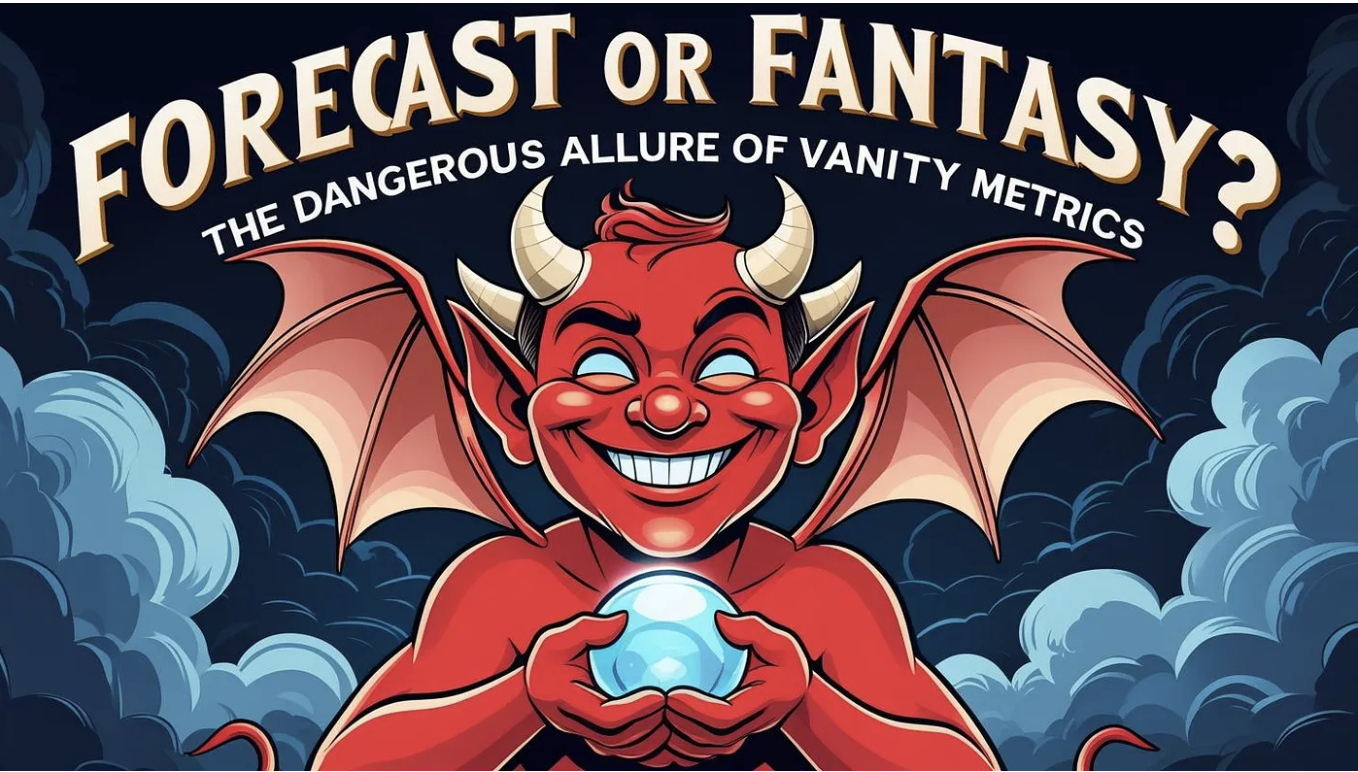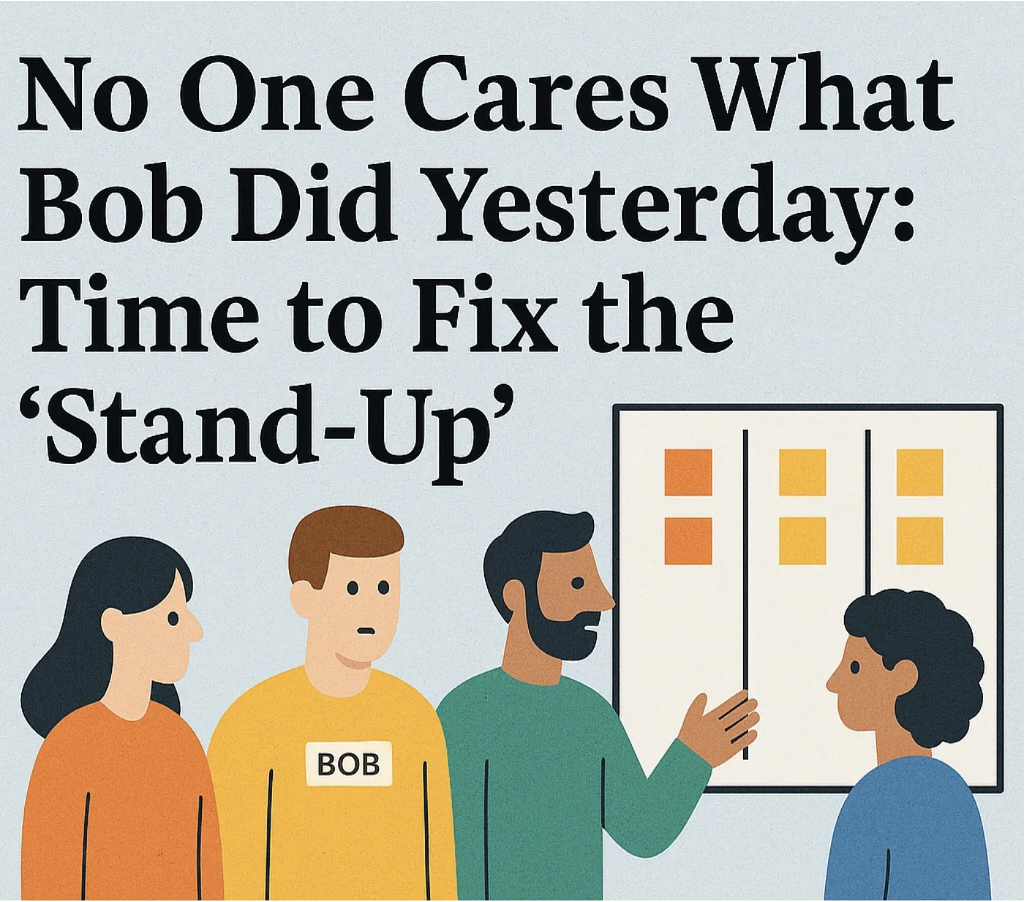Kanban + Lean UX = The Future of Agility

Kanban helps people discover and deliver outcomes faster, whether those outcomes relate to the customer, the organization, the planet, or reducing risk. Adding Lean UX techniques to Kanban allows teams to discover and address unmet customer needs, reduces stress, and helps us to cope with unpredictability in complex working environments. Combining Lean UX with Kanban is the future of agility, deliverying exceptional value.
Teams incorporating Kanban already have a significant advantage regarding delivering value on a regular cadence. The signaling systems built into Kanban makes stuck work visible, giving Kanban system members an opportunity and clear direction for improving the system they operate.
Using Kanban, a workflow can have several cycle times, including end-to-end customer cycle time and time-in-process. By monitoring throughput, Kanban system members can prioritize within their capacity. By actively managing work item age, they can shorten feedback loops and increase throughput.
So, what does Lean UX add to these advantages? It helps make sure we’re delivering what we should be delivering.
Product management is becoming increasingly complex with the emergence of 5G, AI, the metaverse, and other quickly evolving technology landscapes. One result is that it’s easier than ever to misunderstand or misinterpret customers' needs amid many new potential product options. That reality alone is reason enough to integrate Lean UX techniques into a Kanban approach.
I think of Lean UX as a strategy for maintaining humility about our product management ideas. We get it wrong most of the time. We know this from several editions of the CHAOS report by Standish Group, which reports that two-thirds of the features developed are rarely or never used. Think of the expense of all of these wasted products and features.
The Lean UX canvas is an indispensable tool that aids the discovery of product/market fit.
With a regular iterative review of the Lean UX canvas, Kanban system members produce work items for UX research, design, interviews, and experiments to test assumptions about the business problem, the customer/end-user, and their problems/jobs-to-be-done and solutions.

Box 1 frames the business problem to be solved; one could use the business problem template, the elevator pitch template, or free format. Box 2 is specific about the percentage or numeric improvement achieved if the problem was solved; the pirate metrics AARRR (#acquisitions, #activations, $revenue, %retention, #referrals) metrics are often used. Box 2 metrics are about what's better for the organization with the customer/end-user in mind.
Box 3 is about our best guess who might be interacting with the problem we’re trying to solve. Box 4 is about the observable outcomes and longer-term benefits for the people from box 3 - at least our best guess. Customers/end-users should be at the heart of product management.
It’s only when one gets to Box 5 that solution possibilities are considered. We do, after all, want to avoid looking at the problem through the aperture of a solution.
Box 6 clicks together hypotheses from the assumptions from boxes 1-5; it’s as easy as clicking together Lego bricks.
We believe that [a specific business outcome from box 2]
will be achieved if [a specific user from box 3]
attains [specific outcomes & benefits from box 4]
with [a specific feature from box 5].
Box 7 is about figuring out the assumption that if wrong could lead to catastrophic failure. We want to tease that out in box 7, and then in Box 8, what experiment/research/interview(s) could we do in 30 minutes, one day, one month, one month to learn the next most important thing.
Lean UX proposes data-informed decision making; in practice, a mixture between looking at analytics and talking to customers and end-users.
Lean UX practitioners learn humility fast. Our best guesses are usually wrong, and we pivot or stop. If we’re lucky, we persevere. What I love about Lean UX is that we discover we should not build most of our ideas, and we discover much better ideas or stop before wasting a whole load of money.
Kanban combined with Lean UX design techniques improves customer satisfaction and time-to-market and allows experimentation to address unmet needs.
The Lean UX canvas is a crucial discovery tool to discover product/market fit. A different canvas, the Lean Canvas or the Business Model Canvas, can be used to determine if there is a business in the product idea.
Apart from delivering more value, combining Lean UX with Kanban provides the foundation for more rewarding work. Up-and-coming workers are demanding more work-life balance and professional satisfaction. Using Kanban, people estimate less, learn/build more, and make problems immediately visible resulting in a more relaxed, satisfying work environment. Because trust often increases with more effective, efficient, and predictable delivery, Kanban reduces drama through better focus and slack. Slack allows people to think and be ready for the unexpected.
The future of agile includes Kanban with Lean UX. This winning combination allows Kanban system members to focus more, learn more, finish more, collaborate more, and see the bigger picture. It enables us to set better customer expectations, more often improving overall satisfaction.
By John Coleman - Founder of Orderly Disruption, and Co-Author of the Kanban Guide


